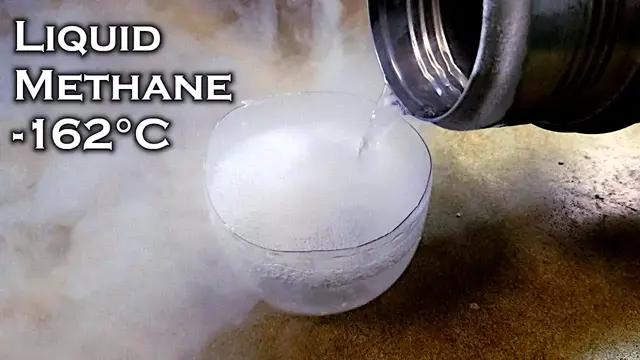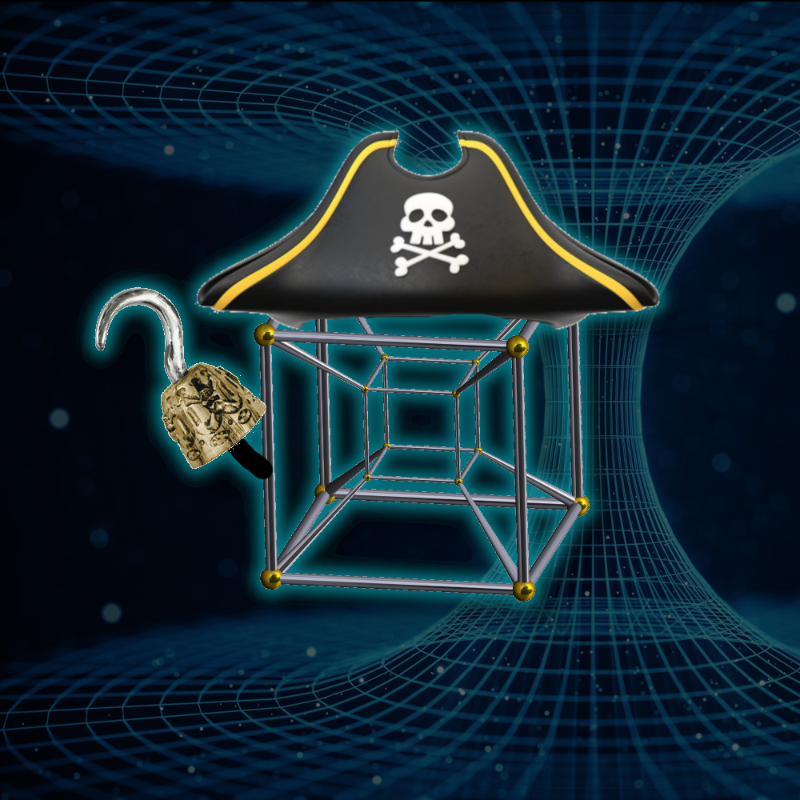2024-05-14
[public] 146K views, 8.34K likes, dislikes audio only
To try everything Brilliant has to offer for free for a full 30 days,
visit https://brilliant.org/HyperspacePirate/ . You'll also get 20% off an
annual premium subscription.
In this video I'm going to Liquify Methane / Natural gas with my Mixed-Gas
Joule-Thomson Cryocooler. Methane liquifies at -162C under ambient
pressure, but at elevated pressures, it can be condensed as high as -85C.
In this experiment I'll condense some at -118C / 12 bar of pressure.
My cryocooler was meant for making liquid air or liquid nitrogen, but I
figured I'd try liquefying some methane along the way to see if there's
any pitfalls / issues with making liquefied natural gas (LNG), which there
definitely were.
The joule-thomson cycle works by compressing gas and then expanding it,
which forces it to drop its temperature. By back-flowing the cold low
pressure gas back over the high pressure gas in a counterflow heat
exchanger, the cryocooler creates a positive feedback loop that drives the
temperature down into the cryogenic range. The lowest temperature I
recorded was -180C.
Using pure methane or pure nitrogen would require hundreds of atmospheres
of pressure in the cycle to reach the desired temperature, but by using a
mixture of gases with different boiling points (similar to an
"autocascade" refrigeration system), the same effect can be achieved at
just 20-30 bar which a repurposed air conditioner compressor can handle
without any problem. For liquefying Methane, a gas mix of Propane,
Ethylene, Methane, Argon and Nitrogen is used. The same components are
used for liquefying Nitrogen, but in different proportions to optimize
heat lift at lower temperatures.
If you want to learn more about the joule-thomson refrigeration cycle,
check out my previous videos on the subject:
Liquid Methane / LNG is becoming used more frequently both for power
generation and vehicles because it has an energy density similar to
gasoline/diesel/kerosene, but is extremely easy to ignite/burn and burns
very clean. In the near future, hardware will be delivered to the moon via
LNG-burning rockets (starship). At the hobby level, I don't see much use
for it, but it's a fun science experiment since this is technically the
first cryogenic liquid I've produced.
Music Used:
Mining by Moonlight - Kevin MacLeod
Backbay Lounge - Kevin MacLeod
Apero Hour - Kevin MacLeod
George Street Shuffle - Kevin MacLeod

